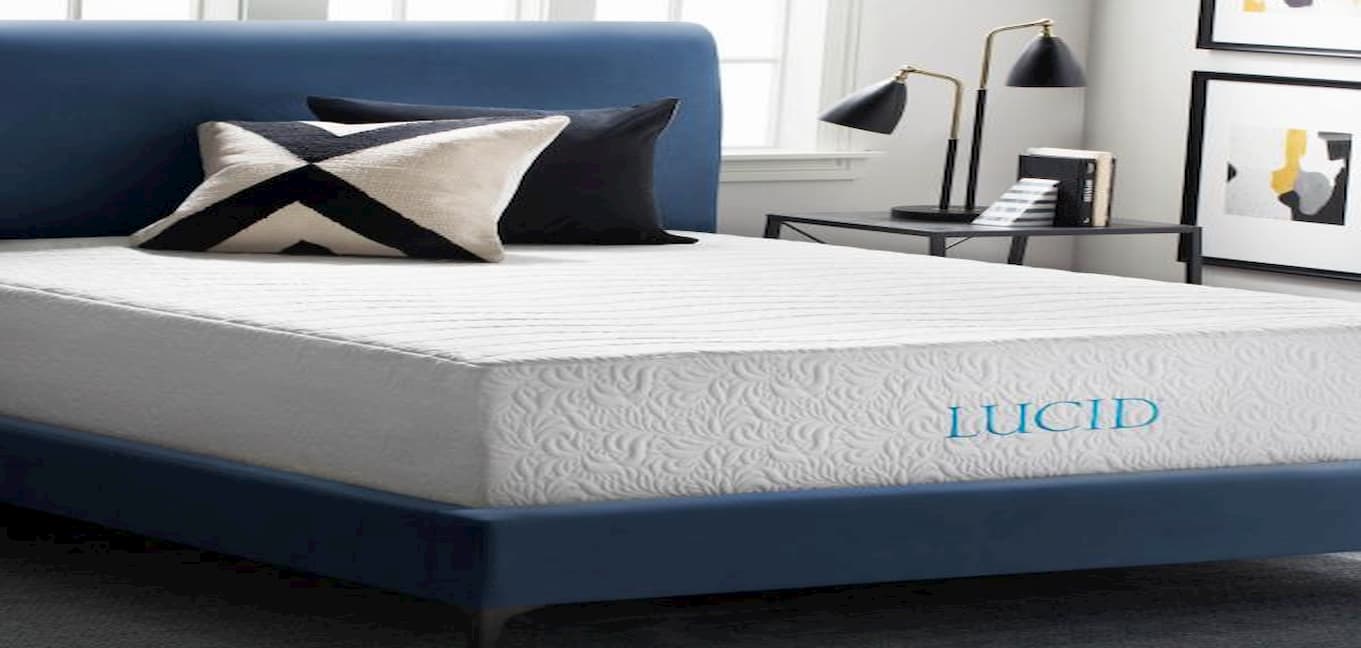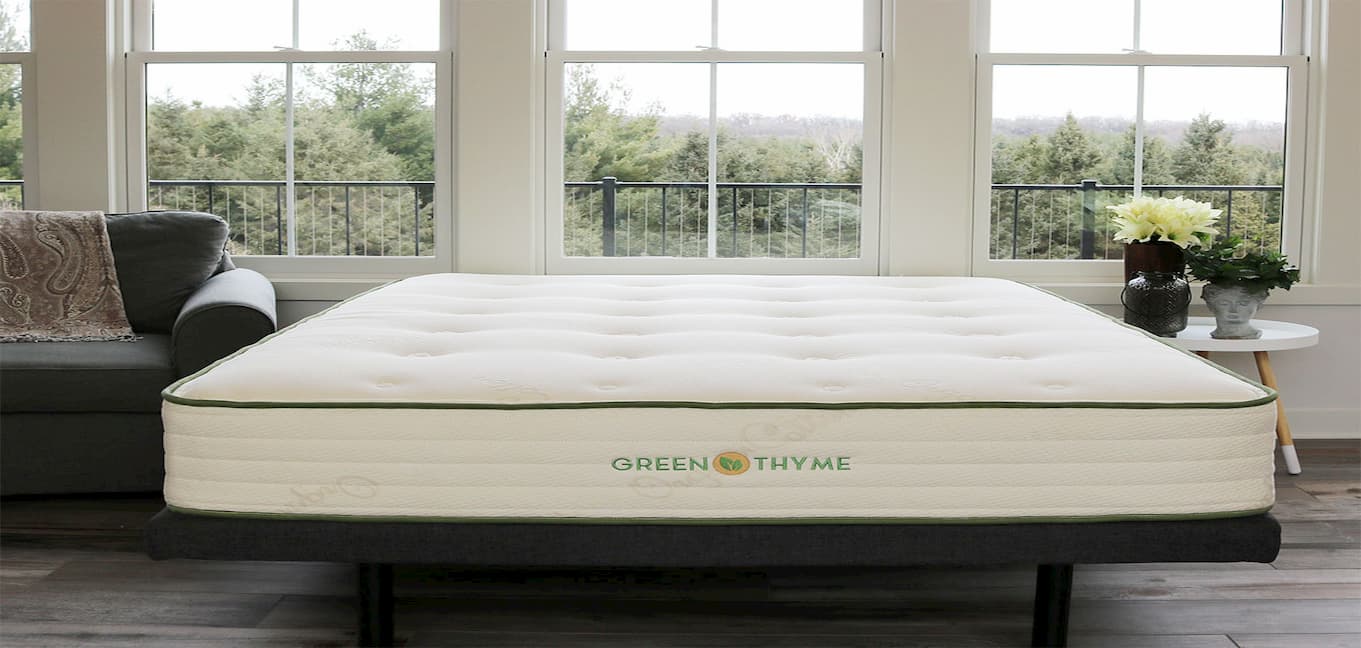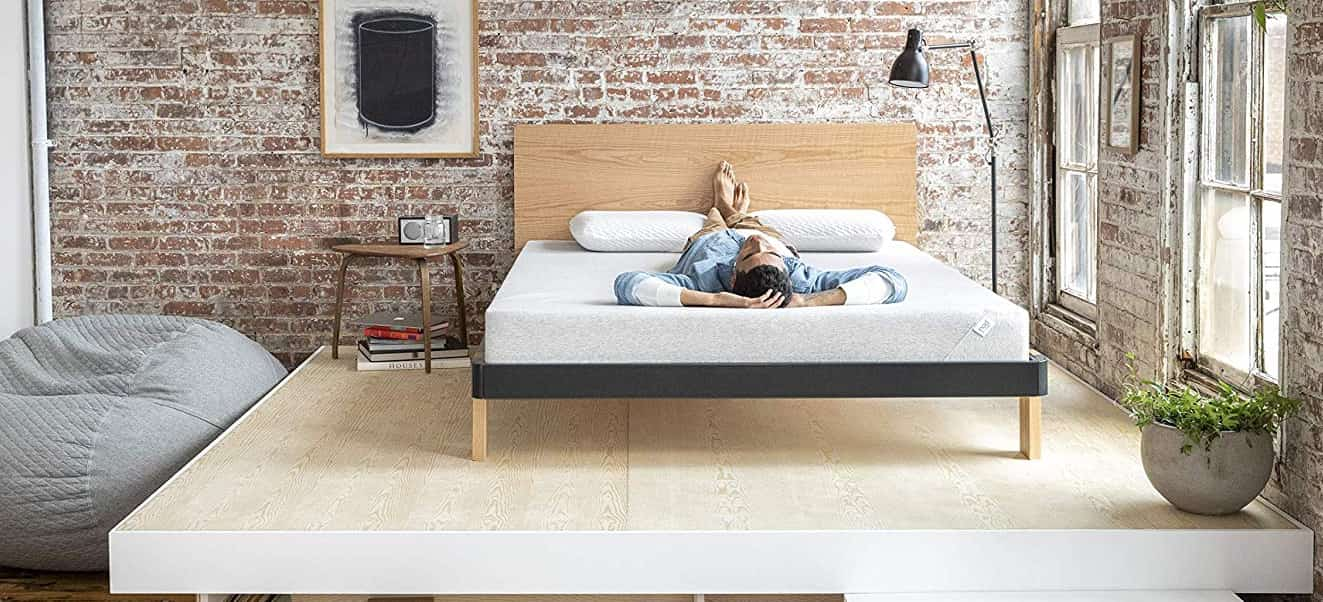After a certain number of years, most people probably begin to feel that their reliable old mattress isn’t quite what it used to be. Waking up with aches and pains in your back or neck is a surefire sign that it might be time to start a new mattress shopping for yourself . Despite improved mattress technology that has hit the market in recent years, most mattresses are only built to last for an average of 7 to 10 years, meaning that most households will go through dozens of mattresses throughout their lifetimes. Unfortunately, getting rid of a mattress is harder than it might seem. Some municipal garbage services might not take an old mattress that you leave at the curb with the rest of your trash. Even if you are able to dispose of your old mattress, filling up landfills across the country with your discarded bedding is far from the greenest option, either. Below, we offer a complete guide for how you can easily and reliably recycle your mattress.
The Problem with Discarding your Old Mattress
Americans collectively get rid of upwards of 20 million mattresses and box springs each and every year. While certain states such as California, Connecticut and Rhode Island have recently put into place mandatory mattress recycling laws, the vast majority of American beds end up in landfills scattered around the country. Each mattress takes up roughly 23 cubic feet, which means that on a daily basis, around 1,150,000 cubic feet of our landfills are being filled up with old, discarded mattresses. This simply isn’t sustainable, and is contributing to a growing shortage of landfill space that is affecting many areas of the country.

Furthermore, as the components of mattresses gradually break down in landfills, they contribute to a massive amount of methane emissions. The EPA states that methane emissions from landfills are the third-largest source of human-related methane emissions in the United States, accounting for approximately 14.1 percent of these emissions in 2017. According to other estimates, methane gas emission are currently responsible for about 25 percent of all manmade global warming that we are experiencing. Because methane gas breaks down in the atmosphere relatively quickly, its global warming potential is much higher, and can be considered to be 86 times more potent than carbon dioxide emissions over a twenty year period. Finding ways to reduce our emissions through dealing responsibly with our waste is an important part of sustainable living.
Furthermore, the plastics and other synthetic chemicals that make up many of the mattresses that we commonly use can make their way into the oceans, either through directly being dumped near beaches and rivers or through leaching that occurs at landfill sites in coastal areas. Over 8 million metric tons of plastic eventually end up in our oceans each and every year, and this plastic pollution causes major damage to sea creatures and marine life.
How to Recycle Your Mattress
Fortunately, over 80 percent of a used mattress components can be recycled, including much of the plastic in the mattress itself and the metal box springs that make up the base of your bed. Furthermore, the wood frame for your mattress can also be recycled as can the polyurethane foam and any outer fabric. During the recycling process, most recycling companies will peel away the outer layer of fabric in order to access the inner materials. The metal springs are easily sold or recycled as scrap metal as steel can easily be recycled for other metal uses. The wood frame can be chipped to create mulch for landscaping purposes and even the old polyurethane foam can be recycled into carpet padding for new carpet installations.
One of the simplest and easiest ways to recycle your mattress is to donate it to thrift store such as Habitat for Humanity´s “Re-Stores.” These stores sell used household items to underprivileged families. About 22 percent of children in the United States live below the federal poverty level, and many children might have to either share a bed with other family members or even sleep on the floor. This obviously can lead to sleep deprivation and can negatively affect academic performance. Alternatively you can list your old mattress for free on websites such as Craigslist to see if there is a nearby family who would be happy to take it off your hands.
If your old mattress is worn down to the point that it simply cannot be donated to a thrift store or given away, you can search for a mattress recycling location near your home. Many larger cities and towns might have a recycling program specifically set up for helping people get rid of old mattresses. You can call your local city government to find out if they have a program, and to discover the nearest drop off location. In some cases, if you have purchased prior mattresses from the same mattress store, the company might offer to take away your used mattress when they deliver a new one. Large mattress supply stores most likely have their own recycling options or work with bulk waste collection companies.
Where You can Recycle Your Mattress
Because discarding old mattresses has grown to be a serious environmental problem, especially for local landfills, several organizations around the country are actively becoming involved in helping consumers find ways to recycle their old mattresses. Bye Bye Mattress, a program of the Mattress Recycling Council of the United States, offers a free, interactive website that allows homeowners to easily search for the nearest mattress recycling facility. This program has successfully helped recycle around three million mattresses around the country and have thus have helped reduce the total amount of landfill waste. In fact, the Mattress Recycling Council estimates that they have helped to divert 136 million pounds of useful, recyclable materials from landfills around the country.
As states and federal governments continue to implement progressive environmental legislation, mattress recycling may become mandatory within a couple of years. For now, the above information offers helpful ideas and resources to easily recycle your mattress and avoid the serious environmental problems outlined above.





